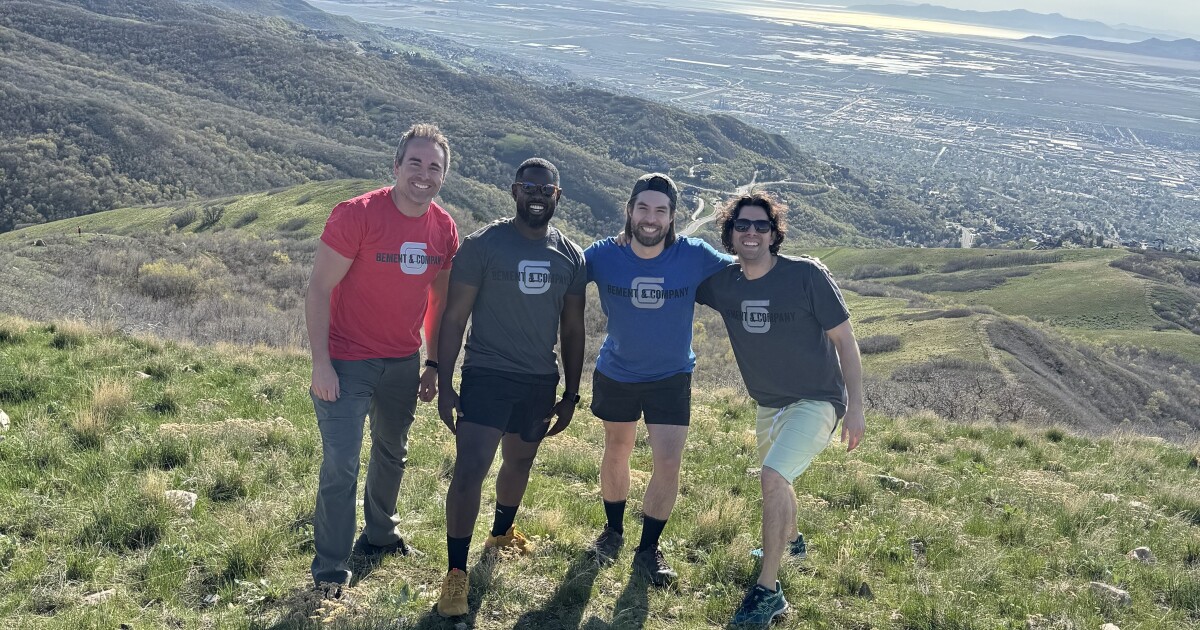Decoding Flexible Work Success
Anna Shvets/Pexels
It was my pleasure recently to speak with Jeri Herman, Chief People Officer at Cengage Group, an education technology company. Our conversation focused on the often untapped benefits of flexible work. Jeri has been instrumental in guiding Cengage’s transition to a more flexible, hybrid work model, leveraging her experience and innovative thinking to overcome the traditional obstacles of remote and hybrid work.
Digital First, Not Digital Only Mantra
Jeri shared a crucial mantra that Cengage has adopted: “Digital first doesn’t mean never together.” This approach embraces modern technologies, such as collaboration tools like Slack, but acknowledges that these tools cannot replace the deep, trusting relationships built through in-person collaboration.
Cengage encourages leaders to find a rhythm or cadence that suits their team’s specific needs. Some teams may need to come together once a week, others less frequently. For example, their finance team, engaged in the complex task of closing the books monthly, benefits from being physically together during these critical periods.
That’s the same approach I encourage my clients to employ when I help them figure out a flexible hybrid work model. Research by Gallup and other highly credible organizations shows that’s the best approach to making hybrid work effective.
From Training to Coaching
When transitioning to hybrid work, many organizations focus on training managers, particularly those more accustomed to traditional management styles. Cengage, however, moved beyond conventional training, leaning more into coaching.
Managers were partnered with HR, who had spent significant time evaluating the nature of work best suited to in-person and remote contexts. Together, they used a rubric to navigate this new terrain, leading to meaningful conversations about the nature of their work and ideal work models. This joint effort enabled them to discover what works best for their teams in the hybrid work environment.
Harnessing the Power of Team Level Agreements
To establish clear expectations, especially with performance management, Cengage utilized “Team Level Agreements” or “Team Norms.” Each leader was encouraged to have a conversation with their team about availability, meeting expectations, and flexibility during the workday.
Team Norms aren’t static but rather fluid, open to changes and adjustments as needed. This flexible approach allows teams to address issues or bottlenecks as they arise and to adjust their norms accordingly, promoting a culture of continuous learning and adaptation.
Performance Management in a Remote Setting
Performance management, admittedly, can be more challenging in remote settings. However, Cengage’s approach to performance management is outcomes-focused and impact-focused. Instead of relying on facetime or hours worked, they focus on the accomplishment of set goals.
Performance management varies depending on the role and team in question. For some teams, like customer service, weekly KPIs and strict goal monitoring is essential. However, for other roles, the emphasis is on longer-term goals, with checks at different intervals.
Building Trust in a Remote Setting
Ultimately, the transition to a flexible work environment boils down to trust. As Herman pointed out, managers who equate physical presence in the office with productivity are missing the point. The reality is that if an employee can’t be trusted to manage their workload effectively in a remote or hybrid setting, the issue is likely deeper, possibly rooted in a mismatch of role or person.
By trusting their employees to manage their workload effectively, Cengage has unlocked their creativity and demonstrated reciprocal trust. This trust-first approach not only promotes higher productivity but also strengthens employee retention.
The Takeaway
Cengage Group’s success with flexible work arrangements serves as a compelling example for organizations considering a similar transition. The strategic blend of technology, flexibility, trust, and innovative performance management has fueled their success in this new work paradigm.
From Jeri’s insights, we learn that a successful transition to flexible work requires deep understanding, innovative thinking, and constant adaptation to team dynamics. As we continue to navigate this ever-evolving work landscape, the experiences and wisdom shared by Jeri offer valuable guidance for embracing flexible work models, ultimately leading to improved productivity, enhanced trust, and organizational success.
Credit: Source link











